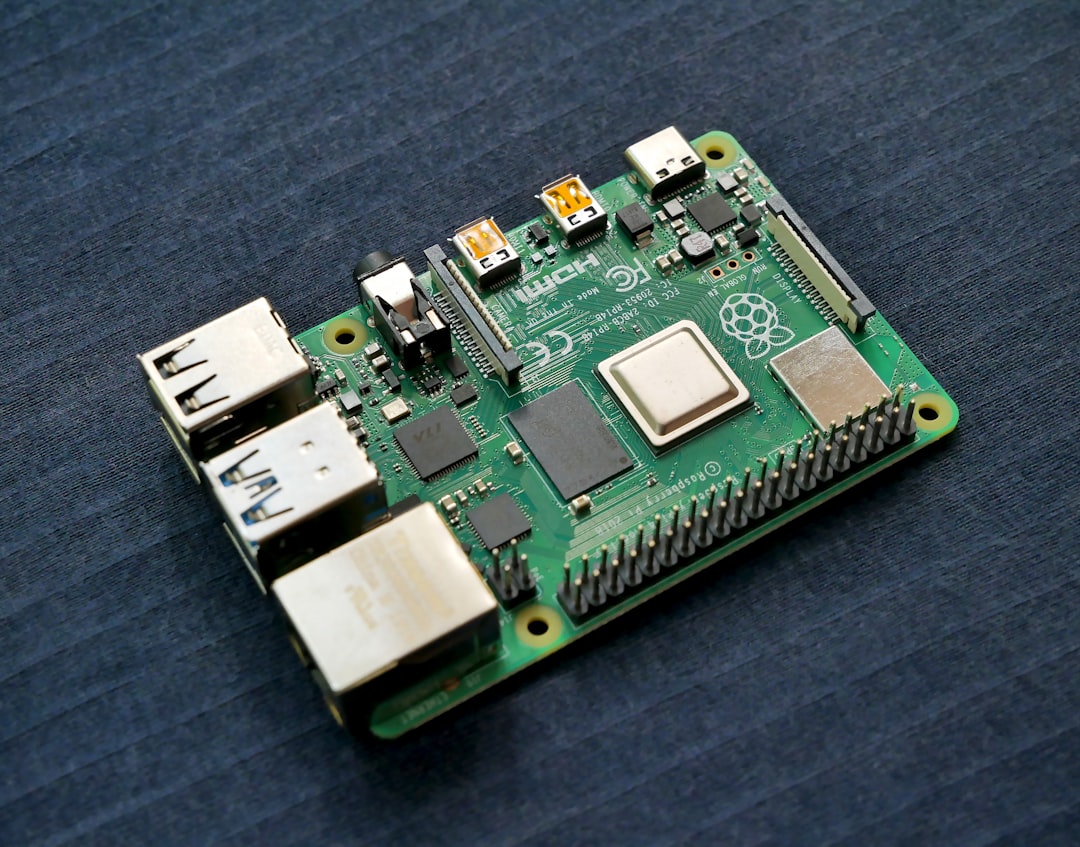
When it comes to electronic devices, Printed Circuit Boards (PCBs) are the unsung heroes that bring them to life. Whether you’re a seasoned engineer or a hobbyist, understanding the basics of PCBs is essential. In this guide, we’ll explore everything you need to know about large PCBs, including their uses, design considerations, and manufacturing processes. So, let’s dive right in and explore the fascinating world of large PCBs!
What Are Large PCBs?
Large PCBs are circuit boards that exceed the standard industry size limits. While standard PCB sizes vary from manufacturer to manufacturer, large PCBs typically refer to those that are larger than 12 inches in either length or width. These boards are commonly used in applications such as power supply units, industrial equipment, and LED displays, where space is not a constraint.
Uses of Large PCBs
Large PCBs find their applications in various industries where size and complexity are critical factors. Here are some industries that extensively use large PCBs:
1. Power Electronics: Large PCBs are commonly used in power supply units, inverters, and motor controllers. These boards can handle high voltage and current levels, making them ideal for power electronics applications.
2. Industrial Automation: Industrial equipment such as programmable logic controllers (PLCs) and motor drives often incorporate large PCBs to accommodate complex circuitry and facilitate efficient control systems.
3. LED Displays: Large-scale LED displays used in stadiums, concerts, and large public events rely on large PCBs to control and distribute power to numerous LEDs.
Design Considerations for Large PCBs
Designing large PCBs requires careful consideration of various factors to ensure optimal performance and reliability. Here are a few key considerations to keep in mind:
1. Thermal Management: Large PCBs tend to generate more heat due to their size and increased power levels. Adequate thermal management, including heat sinks and proper component placement, is crucial for ensuring optimal performance and longevity.
2. Trace Length and Impedance Control: Longer traces can lead to signal degradation and electromagnetic interference (EMI) issues. Proper trace length and impedance control should be implemented to minimize these effects and ensure signal integrity.
3. Mechanical Stability: Large PCBs may experience mechanical stress due to their size. Reinforcements such as mounting holes and brackets can help enhance the board’s mechanical stability, preventing warping and component failure over time.
Manufacturing Large PCBs
Manufacturing large PCBs can pose unique challenges compared to standard-sized boards. Here’s a glimpse into the manufacturing process:
1. Material Selection: Choosing the right materials for large PCBs is crucial. It is essential to consider factors such as thermal conductivity, dielectric properties, and mechanical strength to ensure optimal performance.
2. Panelization: Panelization involves arranging multiple PCBs on a single panel during the manufacturing process. For large PCBs, effective panelization strategies help reduce waste and maximize manufacturing efficiency.
3. Assembly Techniques: Soldering large components and fine-pitch components on large PCBs require specialized equipment and techniques. Technologies like wave soldering, selective soldering, and reflow ovens are commonly employed to ensure proper assembly.
4. Testing and Quality Control: Large PCBs undergo rigorous testing to ensure functionality and reliability. In-circuit testing (ICT), automated optical inspection (AOI), and functional testing are standard procedures to identify any defects or faults.
Conclusion
Large PCBs play a vital role in powering devices and equipment across various industries. By understanding their design considerations and manufacturing processes, you can ensure optimal performance and reliability for your electronic projects. Remember to consider thermal management, trace length, and mechanical stability when designing large PCBs. Additionally, choose the right materials and adopt appropriate assembly techniques during manufacturing. With the knowledge gained from this guide, you’ll be well-equipped to tackle large PCB projects and bring your electronic innovations to life. Happy designing!